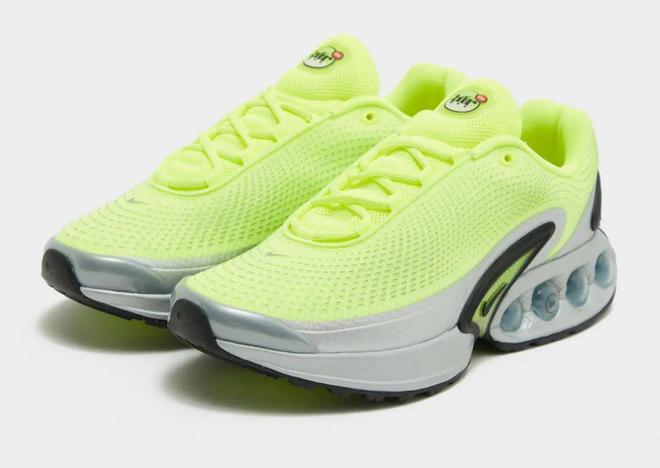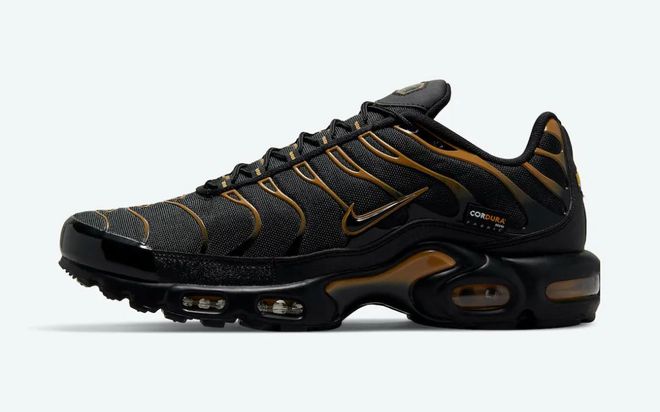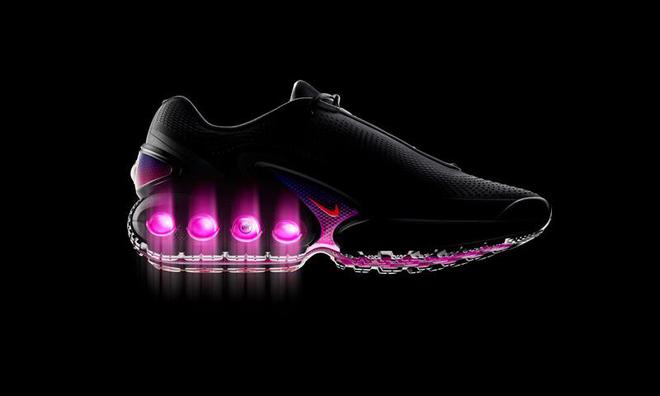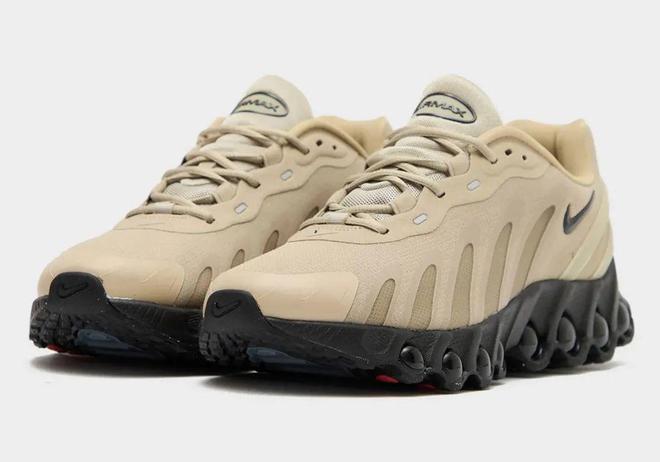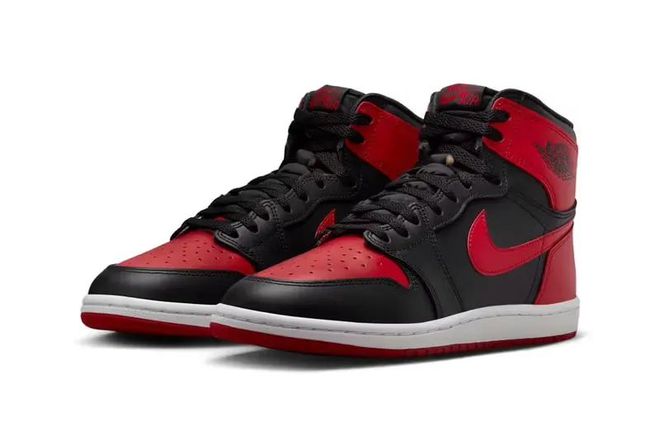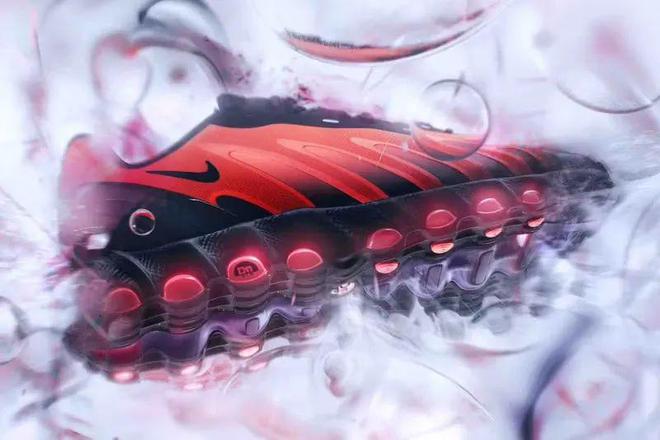
The “Air Max” series is undoubtedly an important part of Nike’s many sports shoes. Since 2014, Nike has also held “Air Max Day” on March 26 every year to commemorate and celebrate. The celebration is the day when the “Air Max 1” was born, March 26, 1987.

To celebrate the 35th anniversary of the Air Max 1, the protagonist of “Air Max Day” returned to it on March 26, 2022. Nike released three new color schemes on that day – Wabi-Sabi, La Ville-Lumière and Blueprint.
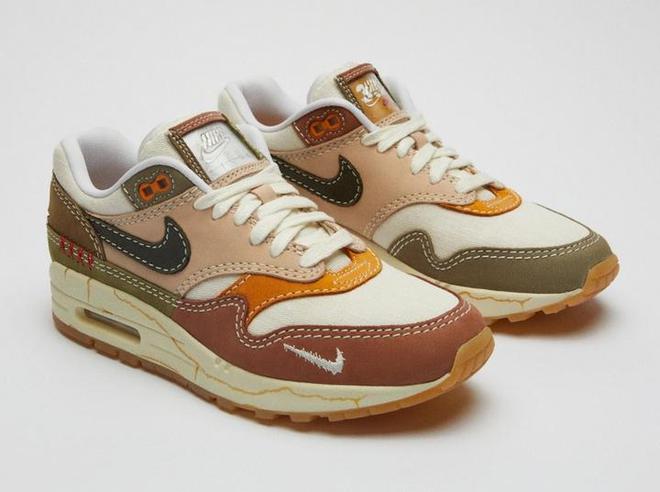
The new shoe with Wabi-Sabi color is called “Nike Air Max 1 Premium”. Wabi-Sabi means “wabi-sabi”, one of the core elements of this traditional Japanese aesthetic is imperfection. Therefore, in the design of the upper, you can see the repaired texture and the slightly bent Nike logo.
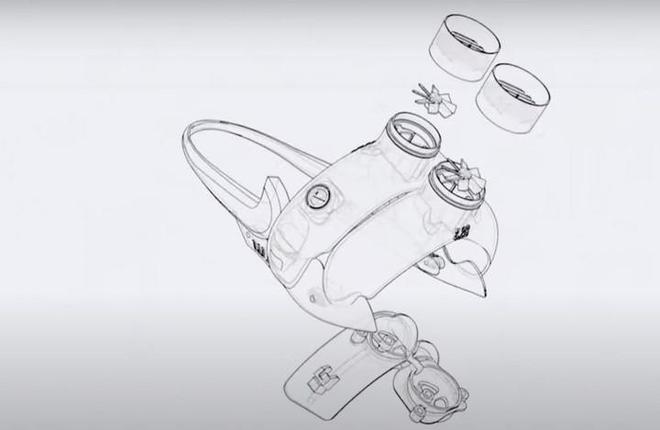
In addition to the clever design, Nike actually added some extra “ingredients” to this new shoe.
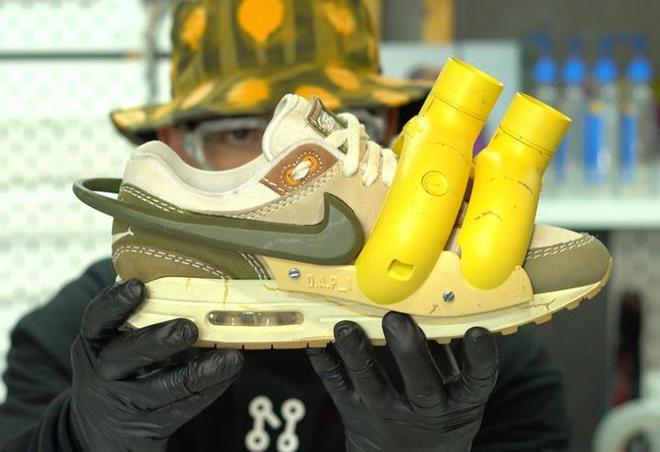
This exoskeleton is made of PLA material via 3D printing. The front half of the exoskeleton “grabs” the shoe like a claw, and the back is an ankle strap extending out in the style of the Nike logo. The two are connected to a plate on the shoe with bolts at the bottom that fix the entire structure to it.
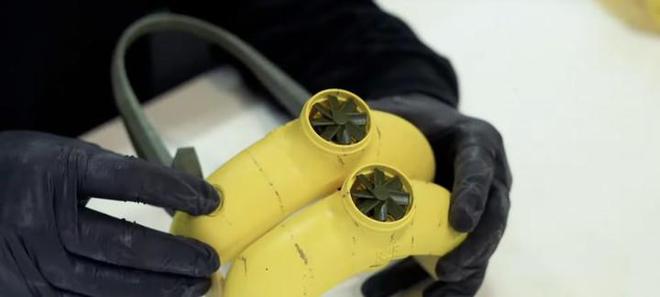
In addition to its eye-catching appearance, the function of this exoskeleton is also unique. The part above the upper has two miniature turbines on the top, which are driven by micro motors. Wearing the “Air Max 1” equipped with this exoskeleton, press the button on the side, and you can feel the airflow around the shoes and feet brought by it.

In fact, this is not the first time that Nike and MACHINA have “made a fuss” about “Air Max”.
In 2018, MACHINA integrated OBE (Out of Body Experience) technology into “Air Max 270”. By combining wearable controllers and sensors, the air cushion at the heel of “Air Max 270” became a controller that could trigger dry ice blasting machines and lights.

During the performance by Mexican B-Boys group UNIK BREAKERS, the performers, wearing the specially made Air Max 270 by MACHINA, controlled the changes in lighting and the appearance of dry ice in the performance space with their feet through dance moves.
MACHINA said that it hopes to reinterpret “Air” through sustainable development and innovation, returning to the original source of inspiration for Tinker Hatfield, the designer of “Air Max 1”. The exoskeleton of “Air Max 1 Wabi-Sabi” also achieved this.
Originally, the “Air” in Nike’s “Air Max” refers to Nike’s famous air cushioning. But on “Air Max 1 Wabi-Sabi”, MACHINA brought new “Air” to the shoes through the air delivered by the turbine on the exoskeleton, and also injected new vitality into Nike’s “Air”.

